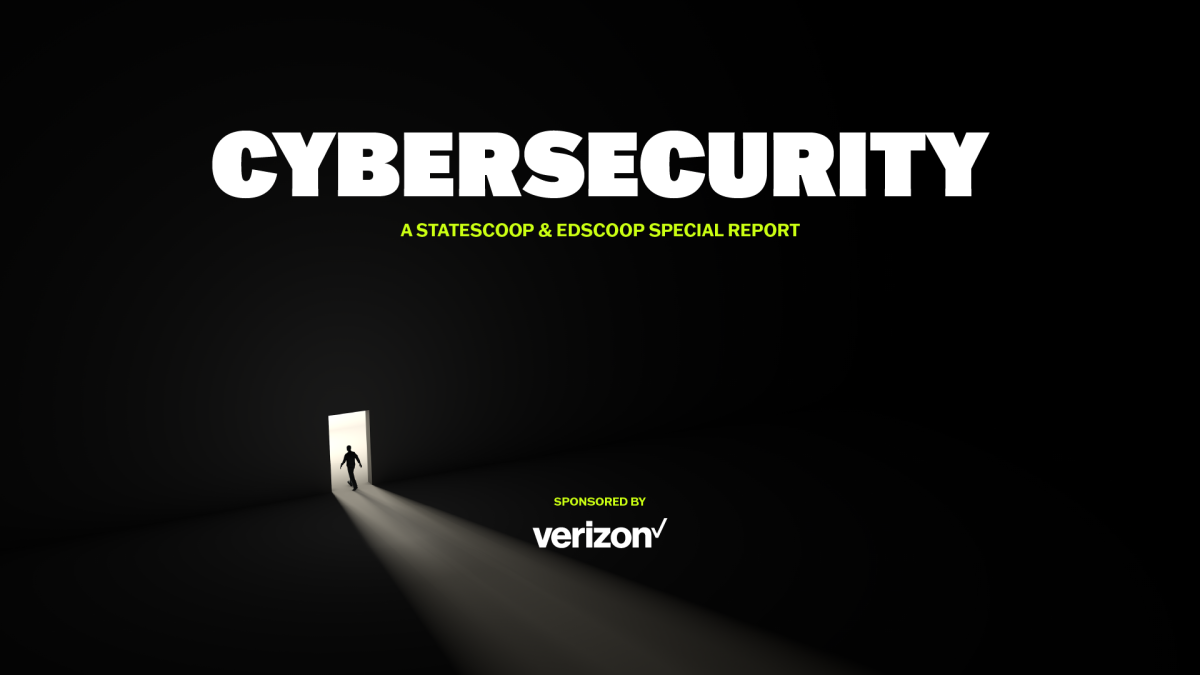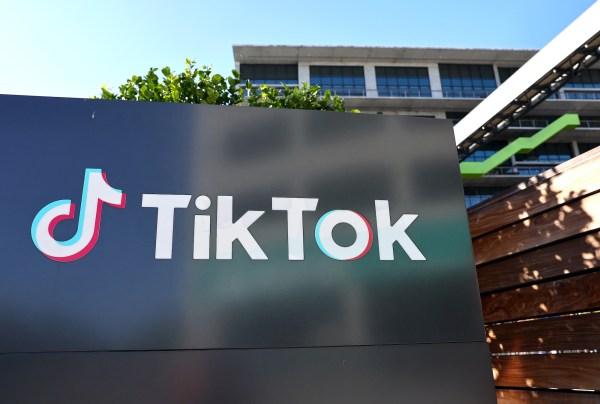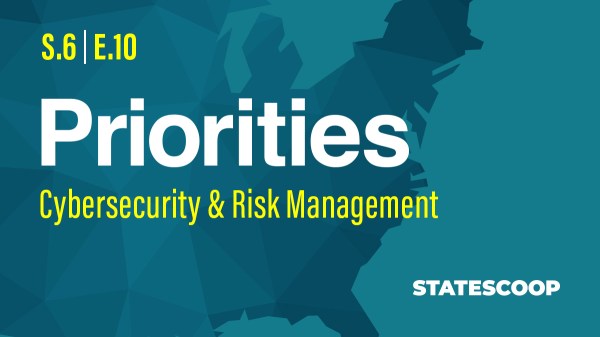October might be National Cybersecurity Awareness Month, but state and local government officials and their counterparts in higher education endeavor to be aware of the risks facing their networks and critical infrastructure the other 11 months of the year, too.
Cybersecurity’s also another area that’s changed after nearly two years in a pandemic. Since the onset of COVID-19, government tech leaders have constantly had to refine their policies as digital services and remote work exploded, and continue to remain overwhelmingly popular. Universities face similar issues, as research projects — many of them funded with federal dollars — face new data-security hurdles amid an onslaught of ransomware attacks against the education sector.
And 911 administrators, awaiting the shift to the next generation of emergency-response technology, are still figuring out what risks and vulnerabilities they’ll face in the future. Meanwhile, cybersecurity industry professionals bombard organizations of all sizes and sectors with reminders to patch their systems with the latest updates — but there might be better ways to manage vulnerabilities, especially as malicious cyber actors become more adept at exploiting weaknesses.
More government leaders are also coming to the realization that cybersecurity isn’t just an IT concern anymore. As threats grow and the role of technology expands across everything the public sector does, there’s a movement in some states to blend cyber with homeland security.
In a series of articles, interviews and commentaries, StateScoop and EdScoop reporters and contributors offer a few things to be aware of.









